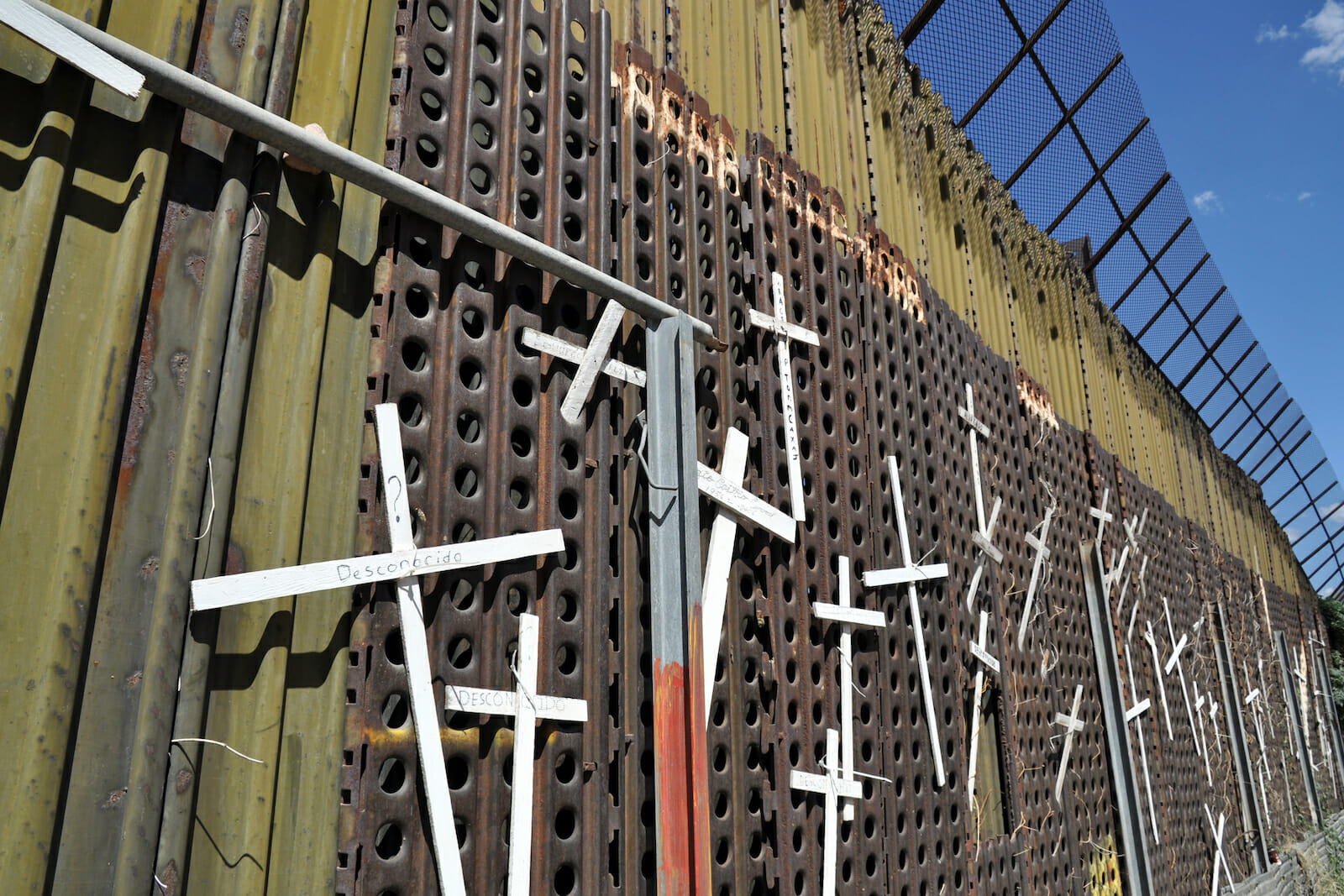
As Violence in Central America Persists, Here’s what the U.S. Can Do
Murder. Kidnapping. Gangs. Extortion. Both Guatemala and Mexico grapple with growing crime rates. Seldom do people think of these countries as a refuge for asylum seekers. However, the Trump administration wants Guatemala and Mexico to play a larger role in remedying the Central American migration crisis.
The Trump administration recently proposed a policy known as the “Safe Third Country Agreement.” It proposes to redirect refugees who traveled through Guatemala or Mexico to apply for asylum in those countries, instead of the United States. This policy puts the lives of hundreds of thousands of asylum seekers in jeopardy. Instead of deflecting asylum seekers, the U.S. should address the push factors that drive emigration and should create a comprehensive, development-focused assistance program for Central America that combats corruption, boosts the economy and empowers civil society.
Projected numbers show that more than 500,000 displaced Central Americans will find their way to the U.S. border by the end of 2019. Neither Guatemala nor Mexico can accommodate such large numbers of asylum seekers, nor provide them security. Murder rates there are five times higher than in the United States. Neither country has a virtuous record when it comes to extending protections to women and LGBT people, who make up a considerable number of asylum seekers.
In September, the Trump administration introduced “Asylum Cooperative Agreements” with Honduras, El Salvador, and Guatemala. They have the same objective as the “Safe Third Country” agreement: reducing the number of Central American migrants. They send migrants directly back to the countries they’re fleeing. Whether these agreements are compatible with international law is still up for question. However, it is clear that their goal is to end asylum at the southern border.
A more effective approach is for the U.S. to invest and create, in cooperation with Central American and Mexican officials, a program similar to CICIG (International Commission Against Impunity in Guatemala) to address the push factors that drive emigration. This program will work to improve economic conditions in each country through conditional assistance as well as increasing investment in sectors such as tourism. Like CICIG, this multilayered plan will include the cooperation of USAID and collaboration with local governments. Notable outcomes of this program will include increased economic stability, more government transparency, and reform of asylum institutions.
This Central America-wide assistance program will address migration push factors. It will alleviate short term economic needs among vulnerable populations while contributing to increased regional stability and lasting human and economic development. A $1 billion budget will cover these purposes, as well as aid in the training of immigration agents and the construction humane holding facilities for migrants. This policy requires the willing participation of Central American leaders. New presidents in the region like Guatemala’s Jimmy Morales and El Salvador’s Nayib Bukele are likely to support such development initiatives.
Some will say this program is too expensive. Yet this assistance program will prove to be a good investment both for the United States and asylum seekers. The U.S. will witness less unauthorized migration as a direct result of greater internal stability in Central America and Mexico. From a human perspective, asylum seekers will be subject to less terror and more security.
A comprehensive, development-focused assistance program for Central America will alleviate poverty, combat corruption, and improve rule of law. It will reduce the push factors that drive migration. It will create better lives for the people of Central America. Along the southern border, it will create more security and stability for the United States.
